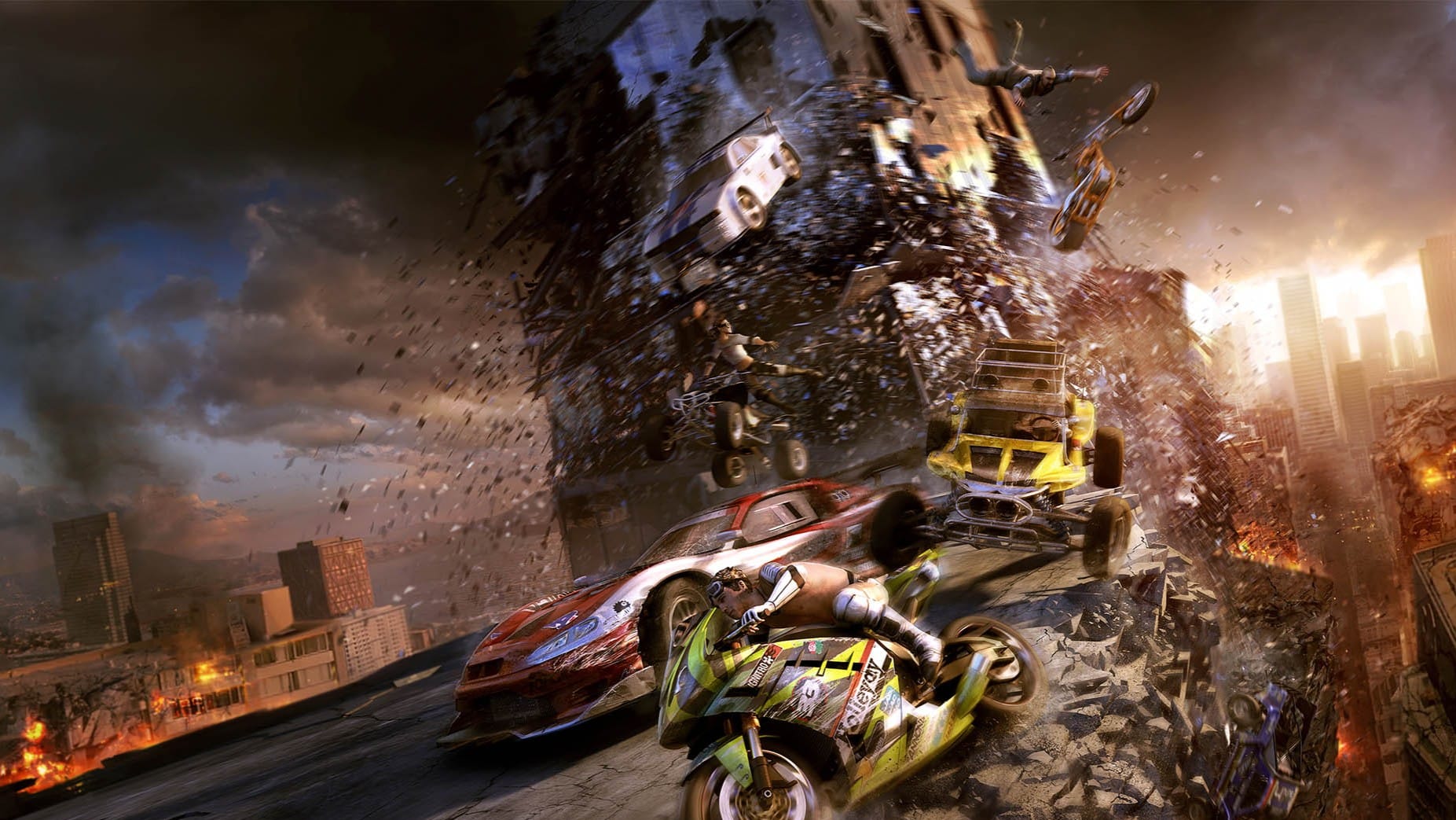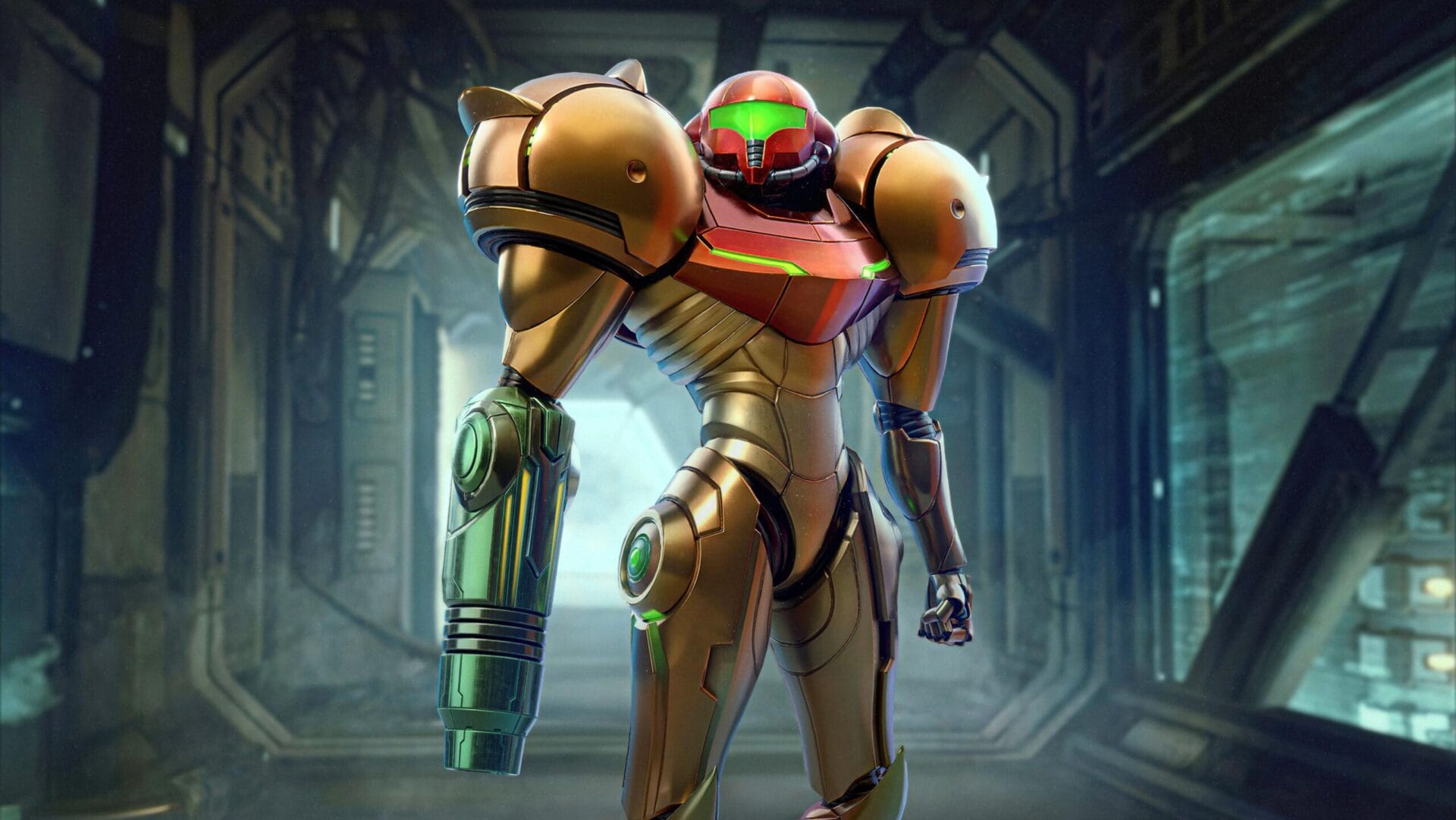It’s hard to believe it’s been over two decades since the Ratchet & Clank series first graced our PlayStation 2 consoles, introducing players to the dynamic duo of a quirky Lombax and his trusty robot sidekick. Over the years, the franchise has become a cornerstone of PlayStation’s identity, blending tight platforming, inventive weapons, and lighthearted humor into a consistently enjoyable formula.
As a lifelong fan of platformers, Ratchet & Clank holds a special place in my heart. Out of all the games in the series, though, one stands above the rest for me: A Crack in Time. There’s something about this entry—the gameplay, the story, the emotional stakes—that transports me back to a simpler time (no pun intended). Whether it’s the thrill of zipping around with hoverboots or unraveling Clank’s time puzzles, A Crack in Time captures the essence of what made this series great, while pushing it into new territory.
But the big question is—does it still hold up today? Let’s dive in and find out.
Story and Characters
Ratchet & Clank Future: A Crack in Time picks up after the events of Tools of Destruction and Quest for Booty, completing what fans often call the “Future Trilogy.” The story kicks off with Ratchet searching for his missing friend Clank, who has been taken to the ominous Great Clock—a facility that controls the flow of time itself.
Meanwhile, Clank grapples with his newfound role as the caretaker of the Great Clock, learning the delicate balance of time and consequence. Separated for much of the journey, both characters embark on parallel yet deeply connected paths. The stakes are higher than ever, but at its core, A Crack in Time is a story about friendship, loss, and the choices that define us.
Ratchet is no longer just the cocky, wrench-wielding hero we met on the PS2. By this point in the series, he’s more mature and introspective, grappling with questions about his heritage and his place in the universe. Separated from Ratchet, he steps into his own as a protector of time. His journey to master the powers of the Great Clock not only deepens his character but also provides some of the game’s most inventive puzzle sequences. Clank is no longer just the sidekick—he’s a hero in his own right.
Ratchet & Clank has always thrived on its signature blend of zany humor and sci-fi spectacle—a Pixar-meets-pulp-fiction energy that few franchises can replicate. A Crack in Time retains that irreverent charm, but layers it with a richer emotional core that gives the laughs more context and the silences more weight. It’s still funny—but now, the humor feels like armor worn over something more vulnerable.
The tone shifts subtly throughout the game. Sure, Captain Qwark is still hamming it up with his heroic delusions, and the weapon descriptions remain gloriously absurd (“Now with 30% more giblets!”), but Ratchet’s introspection and Clank’s revelations lend the narrative a contemplative edge. This isn’t just slapstick in space—it’s a story about loss, responsibility, and the fear of growing apart.
That contrast makes the comedy sharper. One moment you’re laughing at a robot waxing poetic about snacks, the next you’re watching Ratchet reckon with the weight of being the last of his kind. It’s this tonal balancing act—between galactic gags and genuine grief—that elevates A Crack in Time above its predecessors. The jokes still land, but it’s the emotional gravity that keeps you grounded.
The Ratchet & Clank series is famous for its witty dialogue and offbeat humor, and A Crack in Time largely maintains that tradition. Captain Qwark returns as the lovable buffoon, and the weapon descriptions are as ridiculous as ever. That said, there’s a slightly more serious, emotional tone running through this installment—but for many, that deeper narrative adds to its charm, rather than detracting from it.
Gameplay and Mechanics
At its core, A Crack in Time delivers the fluid platforming and fast-paced combat that has become the series’ trademark. Movement feels snappy and responsive, and the weapon-based combat is as satisfying as ever. Enemies come at you in waves, pushing you to constantly switch between weapons and experiment with different strategies.
The core gameplay loop is a blend of jumping across platforms, blasting enemies with outrageous weapons, and solving environmental puzzles. It’s a formula that’s been refined over the years, and A Crack in Time arguably represents the series at its peak on the PS3.
One of the standout features is the introduction of Constructo Weapons, which allow players to customize certain guns with different modifications. You can tweak things like ammo type, firing patterns, and explosive effects, adding a layer of personal choice to the already dynamic combat system. It’s a small but meaningful change that rewards experimentation and lets you tailor your arsenal to your playstyle.
Traversal gets a major upgrade with the addition of Hoverboots—a game-changer for Ratchet’s movement. These allow you to speed across open areas, glide over gaps, and chain quick platforming sections together. Not only do they make exploration more fluid, but they add excitement to traversal, turning what might have been tedious backtracking into an enjoyable ride.
Breaking away from the traditional level-select menu, A Crack in Time lets you chart your own course through sprawling star systems, piloting Ratchet’s ship across a series of interconnected galaxies. It’s a subtle shift in structure, but one that adds a surprising sense of scale and autonomy. Suddenly, you’re not just hopping from planet to planet—you’re exploring the universe.
Within these miniature galaxies lie dozens of bite-sized planets, each offering a unique challenge or reward. One might be a gravity-defying obstacle course. Another could throw waves of enemies your way in a frantic survival test. Scattered across the stars are Zoni orbs, upgrade parts, secret weapon caches, and quirky side missions that feel hand-crafted rather than randomly generated.
What’s remarkable is how purposeful it all feels. These detours aren’t bloated checklist content—they’re bite-sized adventures that enhance the main story’s pacing while rewarding curiosity. Whether you’re chasing Zoni for ship upgrades or stumbling across a hidden arena challenge, space exploration in A Crack in Time doesn’t just pad the game—it enriches it. It’s optional content that respects your time and rewards your engagement.
While Ratchet is busy blasting his way through alien armies, Clank’s journey offers something far more cerebral. Set within the gleaming, gear-filled corridors of the Great Clock, these sections pivot the gameplay from chaos to contemplation. And in doing so, they introduce one of the most inventive puzzle mechanics of the PS3 era.
Clank’s levels center around time manipulation—specifically, the ability to record multiple “ghost” versions of himself performing tasks, then play them back in sync to solve complex puzzles. Need to open a door, activate a platform, and retrieve a key simultaneously? You’ll have to think three moves ahead, setting up each recording like a sequence in a clockwork ballet. Record. Rewind. Repeat. The result is equal parts satisfying and brain-bending.
These time puzzles aren’t just smart—they’re refreshingly paced. They offer a meditative break from Ratchet’s high-octane action, creating a rhythm that makes the entire game feel more balanced. It’s a design masterclass in contrast: kinetic platforming meets calculated precision. By turning Clank into the architect of time, A Crack in Time elevates puzzle design into something elegant, surprising—and undeniably memorable.
Visuals and Sound
Released in the twilight of the 2000s, A Crack in Time was a graphical showcase for the PS3—and it still holds up remarkably well today. This isn’t just a game that looked good for its time. It’s one that continues to dazzle, thanks to bold art direction, technical polish, and a refusal to settle for visual monotony.
Every planet you visit pops with personality. From crystalline caverns bathed in moody blues to sun-scorched desert worlds with rusted metal walkways, the environments are richly textured and thoughtfully composed. Colors are vivid but never garish. Designs are whimsical but not cartoonishly hollow. It’s a universe that feels lived-in and handcrafted.
What truly elevates it, though, is the attention to detail. Lighting shimmers off metallic surfaces. Weapon effects explode in clouds of particles. Shadows dance dynamically during space battles and hoverboot sequences. Even minor animations—like Ratchet adjusting his grip or Clank’s subtle eye movements—ooze polish.
In an era where many modern platformers lean into flat shading or minimalist styles, A Crack in Time still outshines them with visual depth and clarity. The lighting effects, weapon explosions, and particle effects still look impressive, showing Insomniac’s technical prowess during the PS3 era. It’s proof that when art direction and horsepower work in harmony, timelessness isn’t just possible—it’s inevitable.
Character animations are smooth and expressive, bringing Ratchet, Clank, and the supporting cast to life with a level of polish that few platformers can match. Combat animations feel dynamic, and platforming movements—especially with the Hoverboots—are fluid and satisfying. Insomniac’s attention to detail ensures that every jump, dodge, and weapon swap feels natural, enhancing the overall gameplay experience.
If A Crack in Time looks like a Pixar film in motion, it sounds like a space opera filtered through a Saturday morning cartoon—and that’s a high compliment. Composer David Bergeaud delivers one of his most evocative scores here, blending sweeping orchestral themes with synthetic flourishes that feel plucked straight from a high-tech dreamscape. From the moment you step into the Great Clock, the music hums with mystery and grandeur, layering tension, awe, and melancholy into every key change.
Each location has its own sonic identity. Upbeat brass and strings push the tempo in action-heavy planets, while Clank’s solo segments use soft pulses and ambient tones that emphasize the enormity of his task. The soundtrack doesn’t just complement the gameplay—it amplifies the emotion behind it.
Then there’s the sound design: immaculate, punchy, and endlessly memorable. From the distinctive “zap” of the Tesla Spikes to the booming explosions of the RYNO, each weapon feels powerful and unique. Even the most chaotic firefights are easy to parse because every weapon has its own sonic footprint. And of course, the one-liners—sarcastic, absurd, and endlessly quotable—still echo in the minds of fans years later.
Replayability
A Crack in Time doesn’t just beg for a second playthrough—it rewards it. Once the credits roll, the game unlocks Challenge Mode, a genuine New Game+ that dials up the difficulty while letting you carry over your arsenal. Enemies hit harder, bolts drop faster, and weapons can evolve even further, transforming familiar firefights into high-stakes encounters that test your mastery.
For the collectors out there, the galaxy is littered with secrets worth hunting down. Gold Bolts return as shiny tokens of exploration, unlocking cosmetic upgrades and extras. But the real prize? The Zoni—mysterious little beings that serve both lore and gameplay. Gathering them isn’t just for bragging rights; collect enough, and you’ll unlock the Omega Weapon, one of the most powerful tools in the game. It’s exploration with purpose, not just padding.
Then there’s the weapon progression system. Every weapon levels up the more you use it, unlocking new abilities, effects, and stat boosts. Toss in the Constructo mods and you’ve got a combat sandbox that practically demands experimentation. Whether you’re chasing 100% completion or just fine-tuning your perfect loadout, A Crack in Time makes the return trip feel every bit as exciting as the first.
Is It Still Worth Playing Today?
Fifteen years on, A Crack in Time hasn’t just aged gracefully—it’s aged defiantly. The controls are still razor-sharp, the pacing is immaculate, and the moment-to-moment gameplay feels every bit as satisfying as it did in 2009. Movement is fluid, jumps are precise, and every weapon switch or hoverboot dash lands with intuitive clarity. Nothing feels clunky or outdated—a rarity for games from the PS3 era.
Stack it up against modern platformers, and it still swings hard. Few contemporary titles blend action, exploration, puzzle-solving, and narrative with this level of cohesion. While newer Ratchet & Clank games might boast ray-traced visuals and SSD-fueled loading tricks, A Crack in Time arguably strikes the best balance between gameplay variety, storytelling depth, and player freedom.
Is it still the gold standard of the series? For many fans, absolutely. While Rift Apart dazzles with modern spectacle, A Crack in Time delivers something more enduring: a heartful, handcrafted experience that isn’t just remembered fondly—it’s still the one that others are measured against. It’s not just nostalgia talking. This one still hits different.
Final Verdict
Ratchet & Clank Future: A Crack in Time isn’t just a standout in the series—it’s a benchmark for what action-platformers should be. It nails the fundamentals with effortless charm: tight controls, imaginative level design, and a cast of characters that somehow manage to be both hilarious and heartfelt. But beyond that, it dares to be more—it weaves in themes of identity, destiny, and loss, all without losing the playful soul that made the franchise famous.
This is a game that deserves a permanent spot in any PlayStation fan’s library. It’s a masterclass in balance—between chaos and calm, comedy and consequence, simplicity and depth. And in a generation defined by experimentation, A Crack in Time emerged as a shining example of polish, pacing, and personality.
It is, in every sense, a love letter to the PS3 era. A time when studios were still pushing boundaries without sacrificing soul. If you’ve got a PS3 hooked up—or the means to experience it—it’s not just worth revisiting. It’s essential.
Verdict
Ratchet & Clank Future: A Crack In Time
Outstanding








